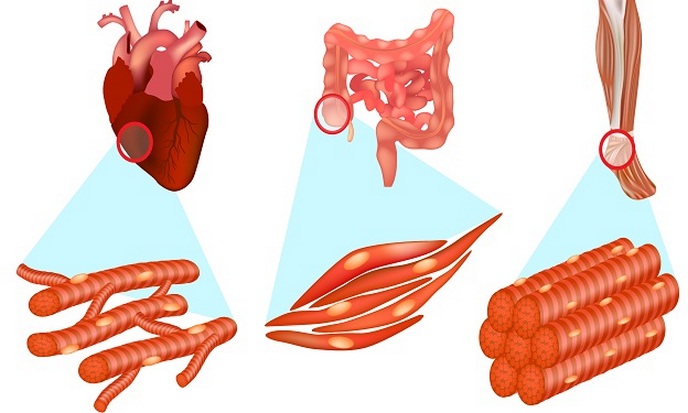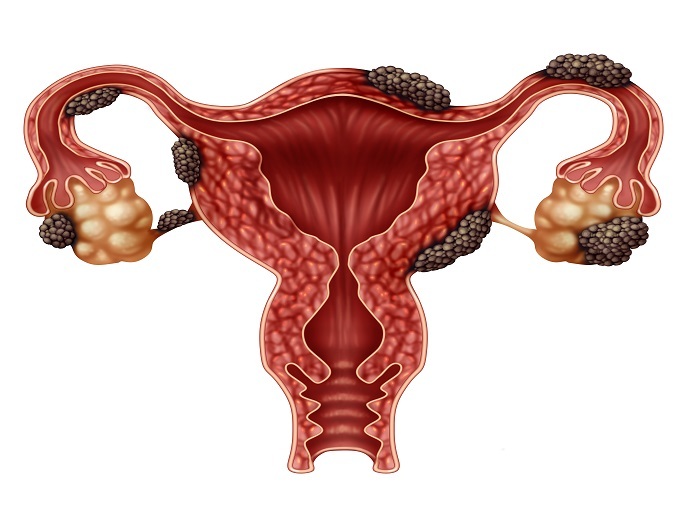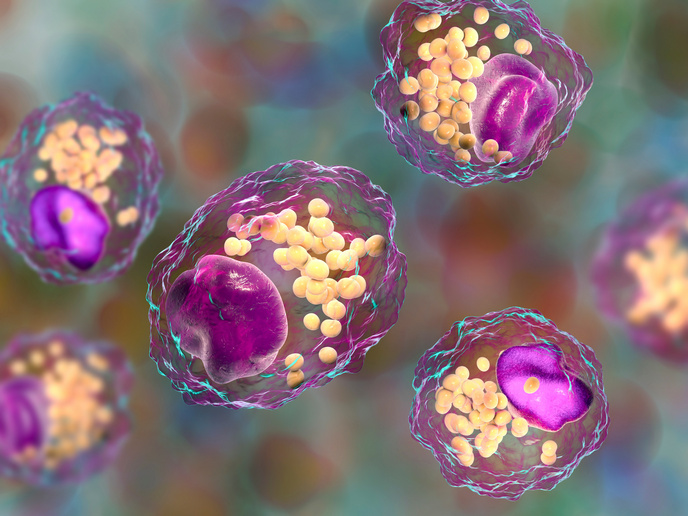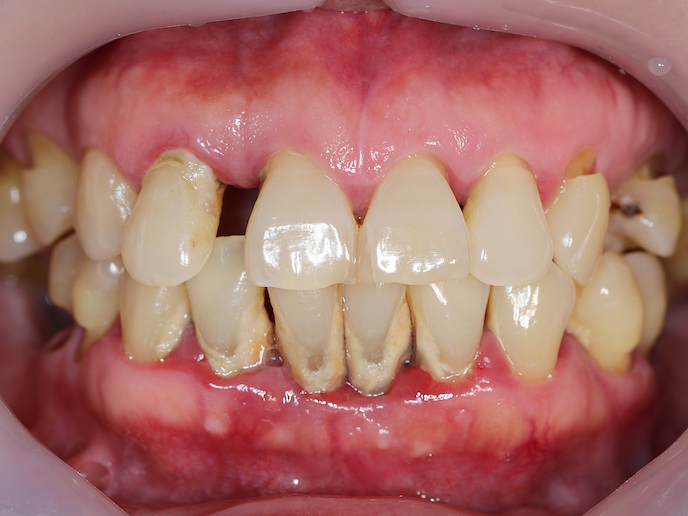Plant-derived eye drops prevent blindness
Infectious keratitis can be caused by various microorganisms including bacteria, viruses and fungi. People that wear contact lenses, have undertaken ocular surgery or experienced ocular trauma are at a greater risk of becoming infected.
A plant-derived antimicrobial agent
Conventional treatment of infectious keratitis involves topical use of antibiotics, but antimicrobial resistance hampers its effectiveness. Corneal collagen crosslinking has emerged as an alternative treatment to antibiotics for infectious keratitis. Using riboflavin and ultraviolet light to kill pathogens during corneal infection, this minimises tissue destruction. However, there are concerns with regards to the impact of ultraviolet radiation to the eye. The EU-funded CORLINK project proposed the use of genipin, a natural crosslinking agent derived from the plant Gardenia jasminoides. This exhibits antimicrobial properties, minimal toxicity and overcomes the need for ultraviolet light. CORLINK research was undertaken with the support of the Marie Skłodowska-Curie Actions programme and involved the testing of genipin antimicrobial properties against Gram-positive (Staphylococcus aureus) and Gram-negative (Pseudomonas aeruginosa) bacteria, as well as against fungi (Candida sp. and Fusarium sp.). “We found that genipin inhibited the growth of these pathogens and we evaluated its antimicrobial action in an ex vivo corneal model of infectious keratitis,” outlines the MSCA research fellow Elena Koudouna. A one-time treatment of genipin significantly reduced bacterial growth in the infected corneas in ex vivo models of Staphylococcus aureus and Pseudomonas aeruginosa. Using an in vivo model of infectious corneal keratitis, researchers were able to additionally evaluate the effects of genipin in regulating the host’s immune response to infection, an important factor in disease management. Although the exact mechanism of antimicrobial action of genipin is yet to be elucidated, it most likely involves the crosslinking of various proteins present at the surface of the pathogen which interferes with vital cellular processes like cell division and growth. Another possible antimicrobial mechanism of action of genipin is through its interaction with intracellular enzymes that causes metabolic disruption. Moreover, genipin seems to delay tissue destruction, as shown in ex vivo human corneas.
Genipin as eye drops
The key aim of CORLINK was to provide new effective treatments for infectious keratitis, especially for severe, uncontrollable cases, those are unresponsive to conventional treatments or not eligible for alternative therapeutic strategies. Researchers demonstrated the promising properties of genipin to fight bacterial keratitis, supporting its clinical potential as a novel therapeutic intervention for the management and treatment of corneal infectious keratitis. “We believe that the potential application of genipin as eye drops is hugely advantageous over alternative therapies because it does not require any equipment, it is cheaper and could be easily used in developing countries, where the incidence of infectious keratitis is very high,” emphasises Koudouna. Researchers plan to undertake pharmacokinetic and pharmacodynamic studies to optimise dosage and topical application of genipin. Given the crosslinking and anti-inflammatory properties of genipin, future research efforts can also focus on its application as a stand-alone or adjuvant therapy for the management and treatment of other eye diseases. In addition, genipin could treat other diseases associated with skin, diabetes and pressure ulcers that are also characterised by inflammation, collagen lysis and tissue destruction.
Keywords
CORLINK, genipin, infectious keratitis, cross-linking, eye drops, Staphylococcus aureus, Pseudomonas aeruginosa







